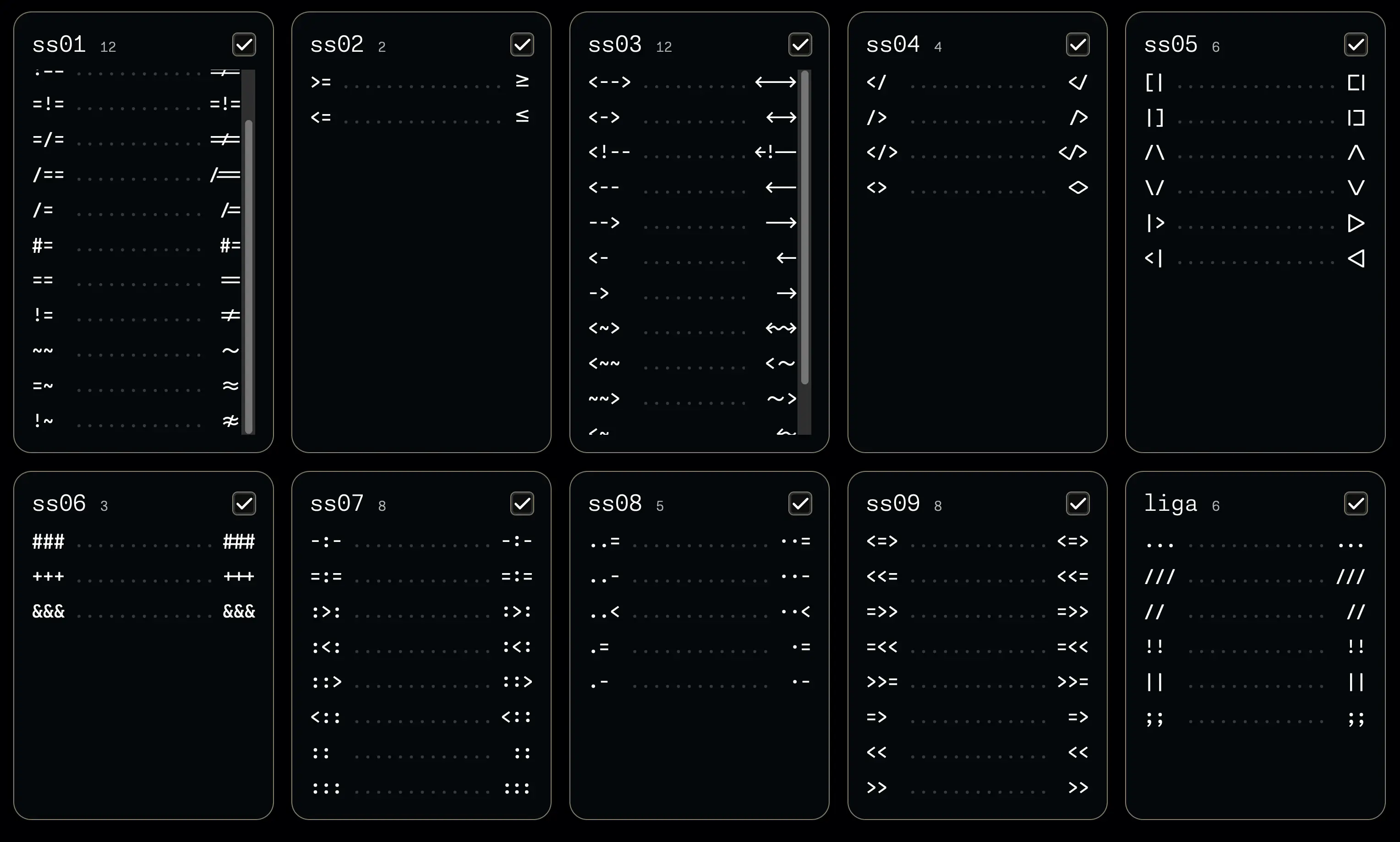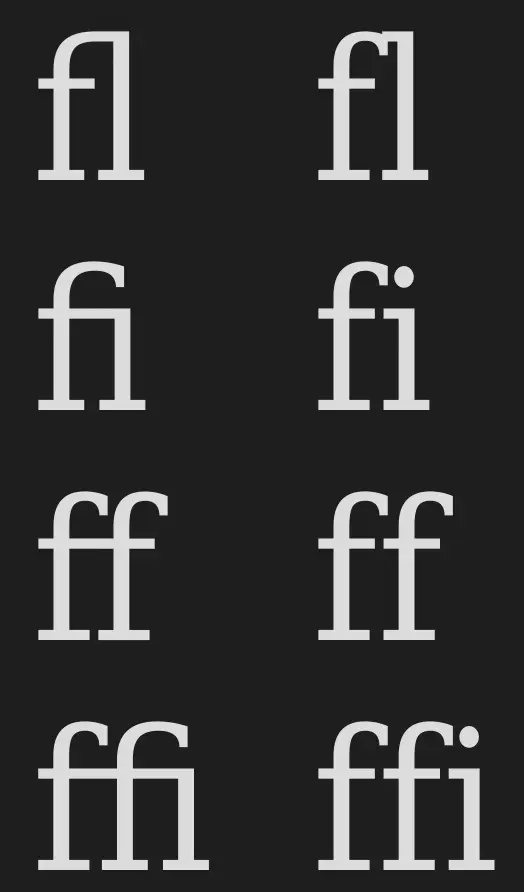- cross-posted to:
- programmerhumor@lemmy.ml
- cross-posted to:
- programmerhumor@lemmy.ml
but sometimes “👍🏽”.reverse() == “🏽👍”
Imagine, if you will. A world where string reverse changes the character codes of the string.
What beauty, what wonder would such a world have?
Destruction and despair. Developers unsure why their programs don’t respond correctly. Ships run aground on islands already overcrowded with those who were shipwrecked before. Signal antennas pointed towards the sun with it’s constant noise. Spacecraft whose exhaust melt to slag populated cities as people briefly scream their final terrors of pain and suffering.
This, is a world we should not want to live in. A world you can only find, in the Twilight Zone.
Nah, this could’ve been possible with some clever fuckery in defining those emojis’ unicode content, like with flags that are not a single point but three independent ones, allowing you to do this:
"🇧🇬".reverse() == "🇬🇧" "🇬🇪".reverse() == "🇪🇬"
“🙂”.reverse() == “🙃”
Then we need reverseX and reverseY
🙂.reverseX = 🙂
“🇮🇪”.reverse() = “🇨🇮”
Has someone made a library for that?
Use a dynamically typed language and you won’t have to: just override the default
reverse()method on strings like a Real Programmer!Unintended consequences you say? Nonsense! What could possibly go wrong?
I’m tempted to publish an NPM package to do so as a joke, but I fear that it’d get used seriously
Where does it end though? It’s a bit like infinite craft - but instead of combining resources you’d have to find an inverse for every emoji
async function reverse(str){ return ChatGPT.ask(`Please reverse the string ${str}. Reply only with the answer, without other words or symbols.`); }
Lua could possibly do this
Yet we live in a world where

File "<stdin>", line 1 "👉".reverse() = "👈" ^ SyntaxError: cannot assign to function callIt is a font that changes
==to one long equals sign.Oh my bad, that idea didn’t cross my mind.
Traceback (most recent call last): File "<stdin>", line 1, in <module> AttributeError: 'str' object has no attribute 'reverse'
“A”.reverse() === “A”
"A".reverse() == "∀"Where is your god now?!
What’s with the lines of both equals symbols being combined together haha?
That’s known as a ligature and they’re pretty common in many programming-oriented fonts, which usually have stylistic sets with different ligatures for different programming languages that you can optionally enable in your editor’s configuration. For example, here’s the stylistic sets the Monaspace font offers:

Personally I’m not too fond of ligatures so I never enable any, but many folks do like them.
Edit: and just as a side note, ligatures are super common in many fonts, you just might not notice them. Here’s some classic examples from the DejaVu Serif font, with and without a ligature:







